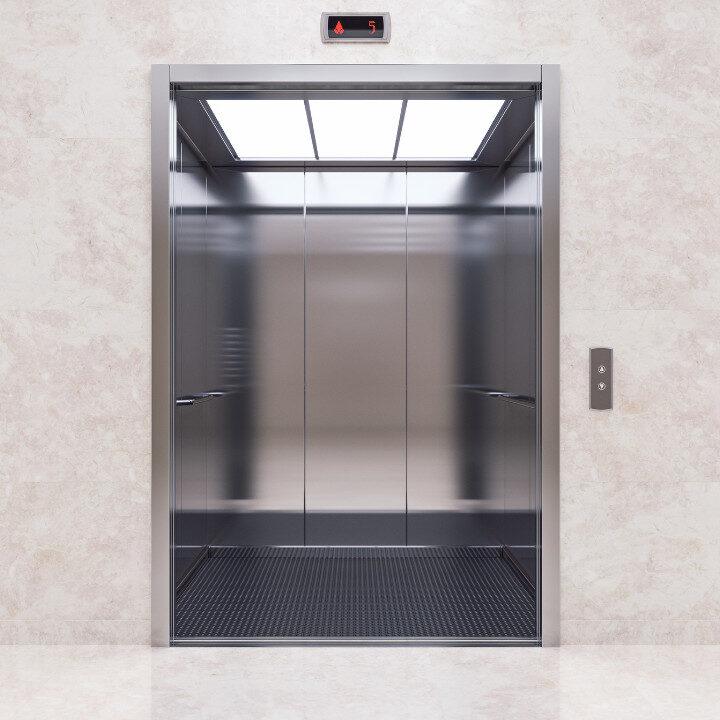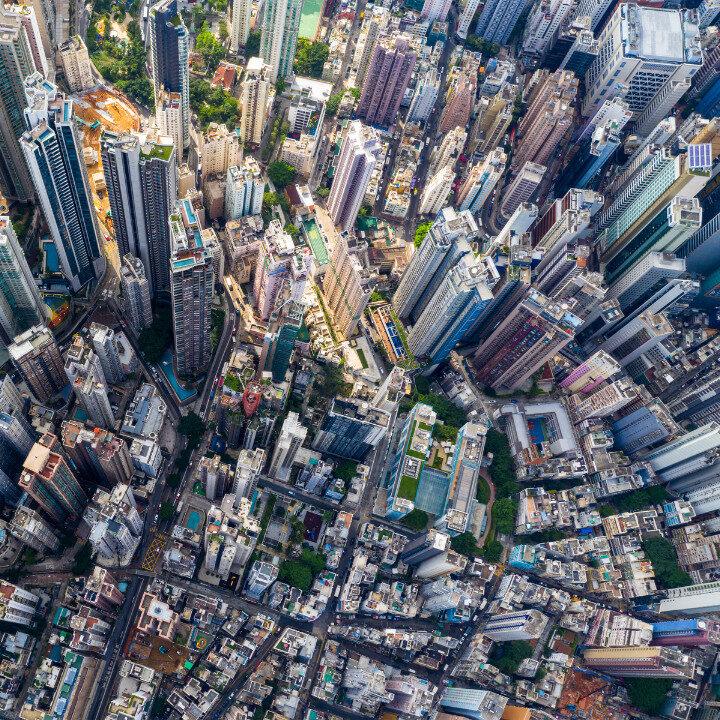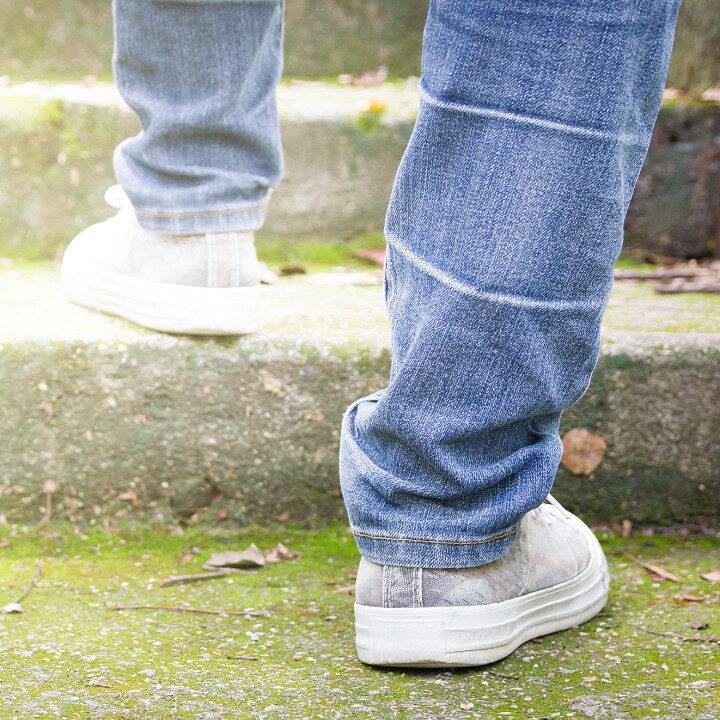Life loves throwing curveballs when you least expect them. For me, it came in the form of a broken ankle – a gruesome snap during the final week of November 2024, right after soaking up the magic of the first ‘Wicked’ film in cinemas. What should have been a fleeting moment of defying gravity turned into a marathon of groaning, limping, and waiting. Suddenly, I wasn’t just moving through Hong Kong – I was navigating it in slow motion, hobbling through a city that looked less like a gleaming metropolis and more like an obstacle course.
Somewhere in this unscripted pause, my eyes snapped open to the patchwork reality of accessibility in Hong Kong – polished on the outside, but riddled with hidden barriers if you struggle with mobility. So buckle up: here’s what this clumsy misstep taught me about Hong Kong’s accessibility gaps, and why it’s time we all paid attention before the city trips us up again.
Read More: The Hard Truths Nobody Tells You About Moving Out

Elevators Up, Ramps In (Sometimes)
I’ll give credit where it’s due: Hong Kong hasn’t been completely idle on accessibility. Over the past few decades, many malls, MTR stations, and shiny new skyscrapers have leaned toward universal access. Elevators can whisk you up and down, tactile guide paths snake through concourses, and accessible bathrooms are no longer the treasure hunt they once were. In the world of glass and steel, accessibility isn’t just lip service.
But here’s the catch: knowing I was only entering this semi-immobilised world for a few months, I was fine with taking detours or missing out on certain things when accessibility fell short. For hundreds of thousands of Hong Kongers (roughly 7.1% of the population, based on the 2020 census), however, disability isn’t a temporary detour – it’s an everyday reality. For them, services like elevators and ramps aren’t conveniences; they’re necessities. And while the progress in gleaming new buildings is a hopeful sign, it only scratches the surface of what true accessibility should be.

Old Bones, New Woes
Scratch past the polished surface, and the sparkle dims. Venture just a few streets away from the retail monuments – into the old walk-ups or past the surprise two-steps that seem to appear everywhere – and the cracks show. Take my own experience after a late-night movie.
Earlier in the day, I’d taken an elevator up to the cinema without a second thought. But afterwards, the area was closed off – leaving only a couple of flights of stairs as the exit. Ducking under the barrier, I discovered the elevators were completely shut down. It took a kind-hearted couple offering a hand, and eventually a security guard leading me to the service elevators, before I made my escape. But the victory was short-lived: I stepped out onto a steep Central street, surrounded by stairs in every direction.
The truth is, Hong Kong’s urban fabric – woven from abrupt hills, narrow alleys, and stacked tenements – was never designed with wheelchairs or even crutches in mind. Elevator access is hit-or-miss in older buildings. Steep pedestrian streets and missing curb cuts can turn a short trip into a maze of detours. Even several McDonald’s locations are buried underground, accessible only by stairs. The city’s love of verticality and tucked-away spaces makes many places simply unreachable if you’re not fully mobile.

A Privilege Unnoticed
Before my ankle drama, I’ll be honest: accessibility wasn’t something I thought about – or considered nearly enough – as I moved through life. I took ramps and lifts for granted when they were there, and never stopped to consider the silent frustrations lurking behind every stairwell or narrow entrance.
Spending extra on a taxi or Uber whenever I couldn’t reach an MTR station with an elevator (or during dreaded rush hours) was a luxury I didn’t think twice about, knowing my broken ankle would eventually heal. I had the privilege of knowing my situation was temporary. It’s easy to tune out – until fate parks you in a wheelchair or straps you to crutches. Suddenly, even a two-step threshold or a heavy door becomes a puzzle you have to solve – every single time.

No Fast Fixes – Why I’m Listening Now
If you’re looking for a list of easy fixes or grand policy demands, I don’t have those answers. Some things – like carving ramps into century-old buildings or flattening the city’s slopes for smooth passage – aren’t easily done, especially where money and heritage get tangled together. But what I’ve gained, even as my limp slowly turns back into a walk, is the uncomfortable clarity that invisibility is the real enemy here. Not just architectural invisibility, but social – and it’s all too common in a world designed by and for the able-bodied majority.
My takeaway? I need to start paying attention. To listen to the activists, architects, and everyday citizens whose lives depend on these changes – whose advocacy makes the invisible visible. To support policies, spark conversations, and keep my eyes open wider – even (and especially) when I’m back on two feet.
Sometimes it takes a dramatic fall and a long crawl to see what’s been right in front of you all along. Accessibility shouldn’t have to become a personal crisis before it feels urgent – or personal. For me, this broken ankle became a kind of social cast: a slow, painful lesson in humility and empathy. And as I move forward, I promise this – no more looking away from the steps in all our paths.
Accessibility & Disability Resources In Hong Kong
- MTR mobile apps – Handy services for locating accessible MTR Stations. mtr.com.hk
- Diamond Cab – Barrier-free, accessible taxi service for the elderly, disabled, or physically weak. diamondcab.com.hk
- SynCab – Barrier-free, accessible taxi service for people with disabilities. syncab.com.hk
- Transport Department’s – List of services for people with disabilities. td.gov.hk
- Hong Kong Federation of Handicapped Youth – Barrier-free travel guides. e-cgo.hk
- The Hong Kong Society for Rehabilitation – Offers various services and access guides for people with disabilities or chronic illnesses. rehabsociety.org.hk
- Professional Disability Network Hong Kong – Organisation advancing disability education, advocacy, and policy. pdnhk.org
- The Hong Kong Joint Council for People with Disabilities – Umbrella organisation of non-governmental rehabilitation service providers and disability advocacy groups. jointcouncil.org.hk
- Association For Universal Accessibility HK – Promotes a universally accessible built environment in Hong Kong for people of all ages and abilities. auahk.org
Born in Korea and raised in Hong Kong, Min Ji has combined her degree in anthropology and creative writing with her passion for going on unsolicited tangents as an editor at Friday Club. In between watching an endless amount of movies, she enjoys trying new cocktails and pastas while occasionally snapping a few pictures.




